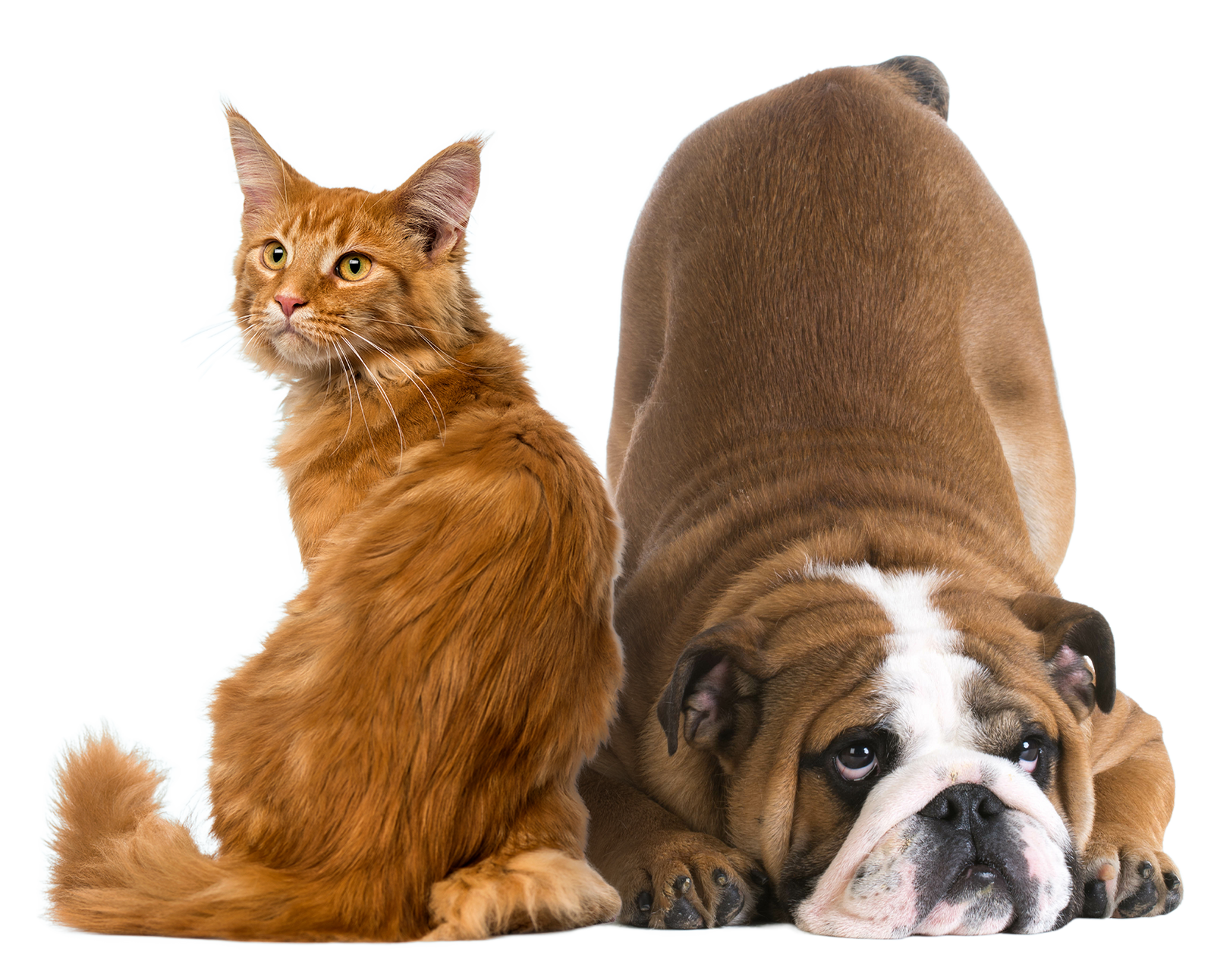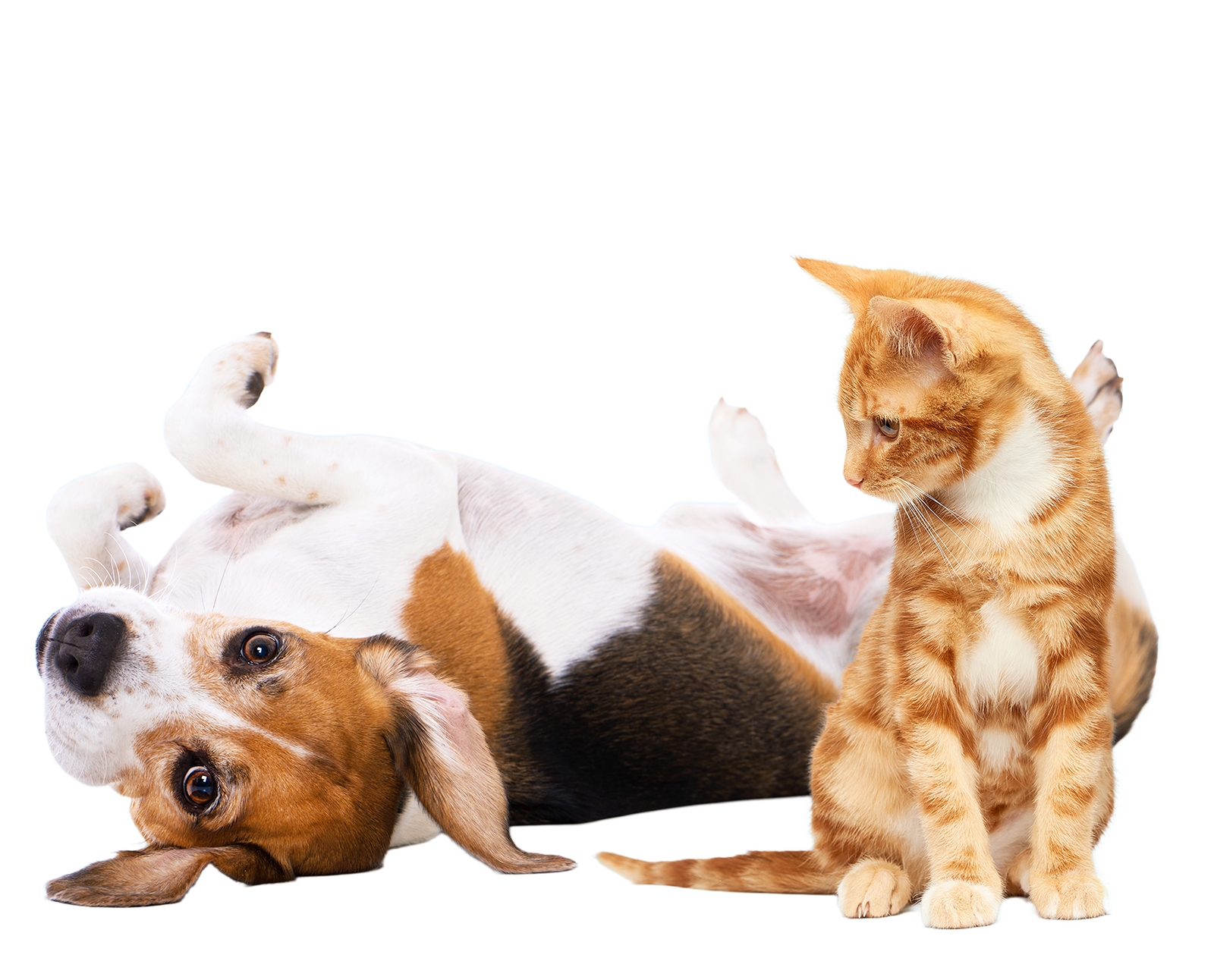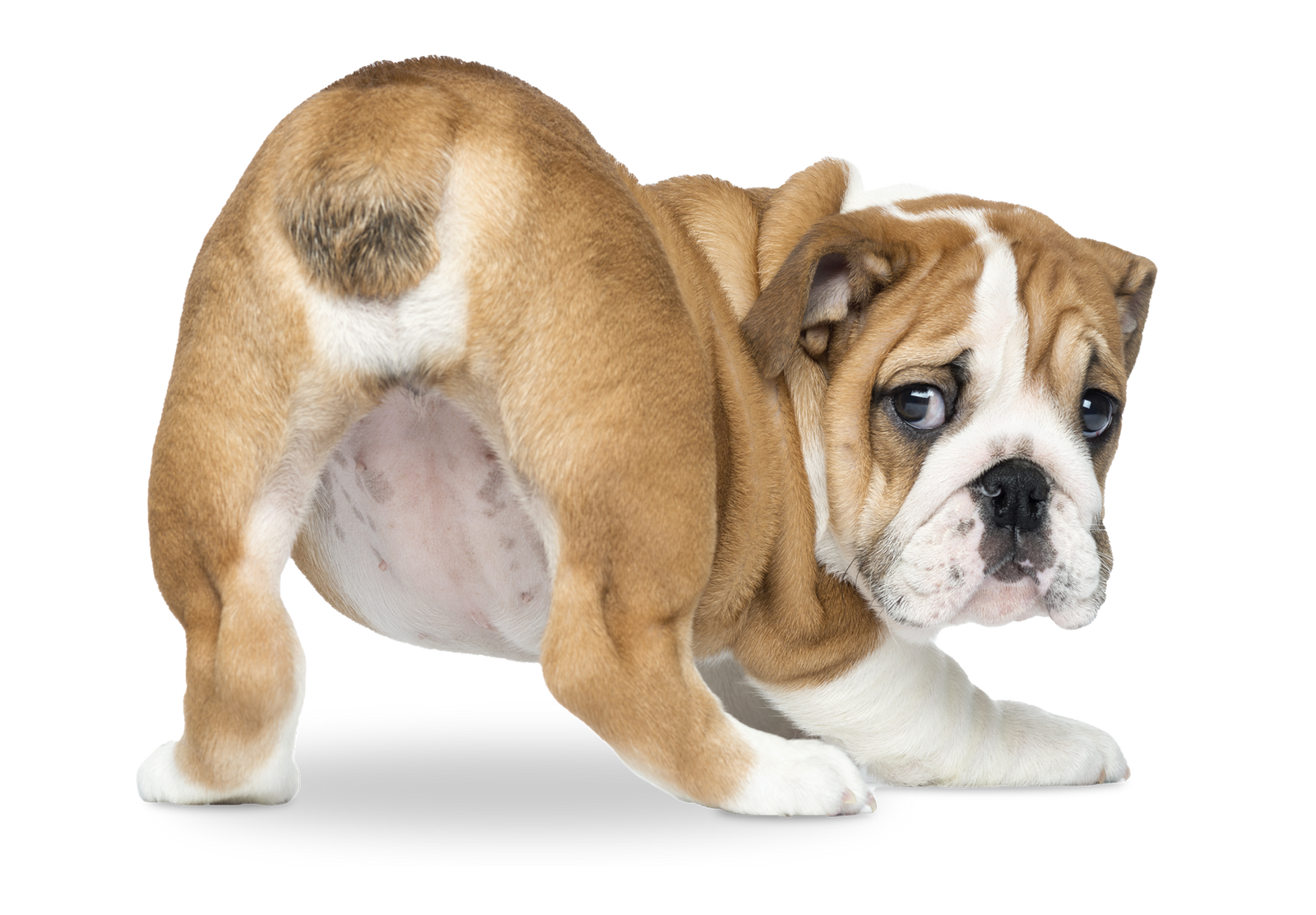Anal glands are two small glands (often referred to as anal sacs) located inside the anal opening of all dogs and cats. These glands normally release a small amount of a foul-smelling scent marking fluid every time your pet defecates. Many pets develop anal gland problems at some point in their lifetime requiring veterinary attention.
The illustration below shows the relative size and position of the anal glands in dogs (often referred to as anal sacs). Note that the anal glands are internal and cannot be seen when viewing the rear end of a dog. When the anal glands become blocked or swollen they can enlarge which creates discomfort for your pet. Your pet may try to relieve this pressure by scooting or licking the area. This specific illustration shows only one enlarged anal gland but in most cases both anal glands are affected.






